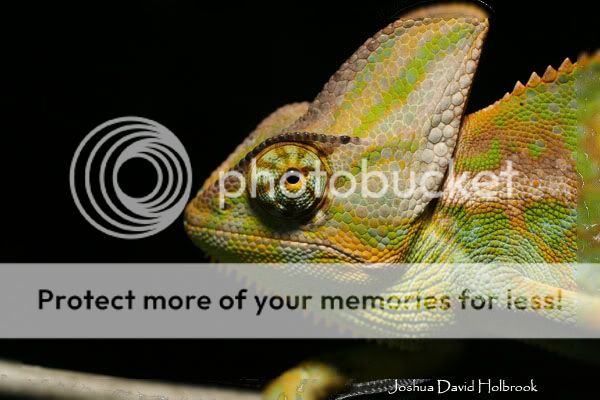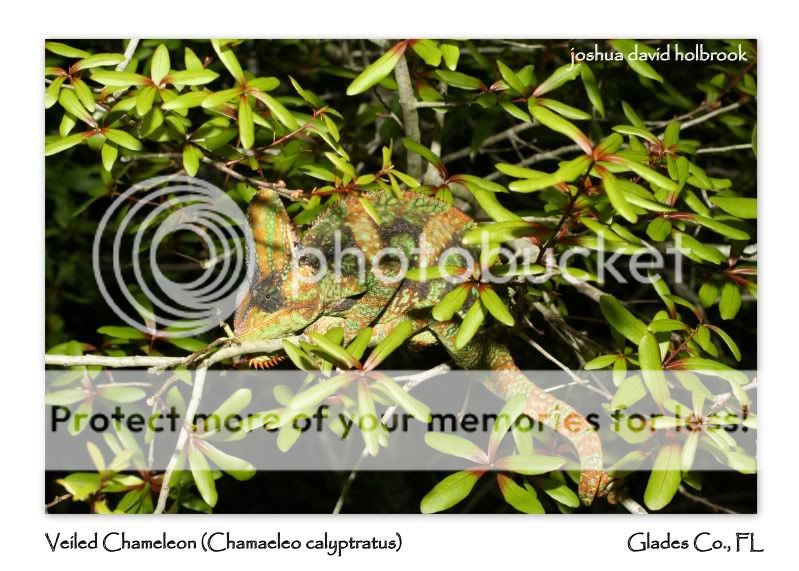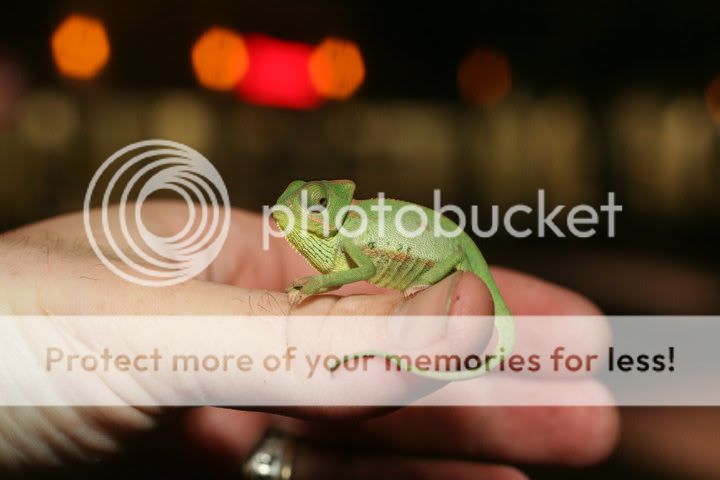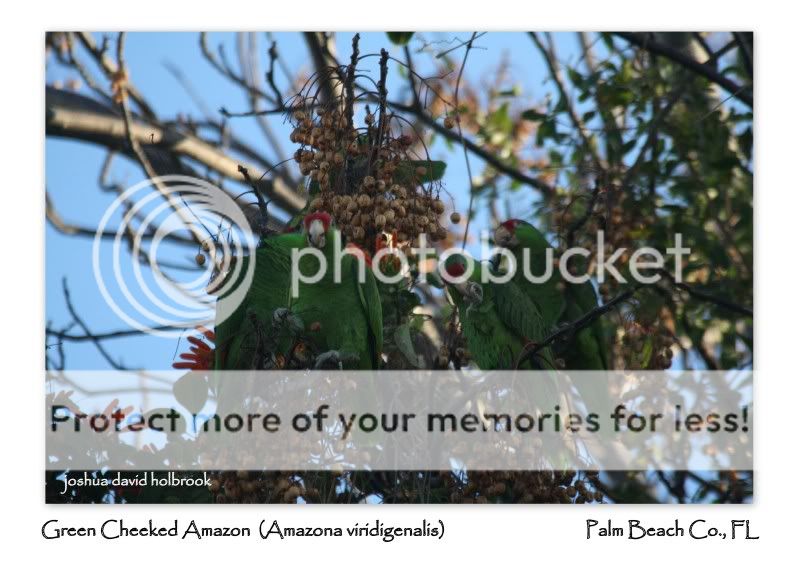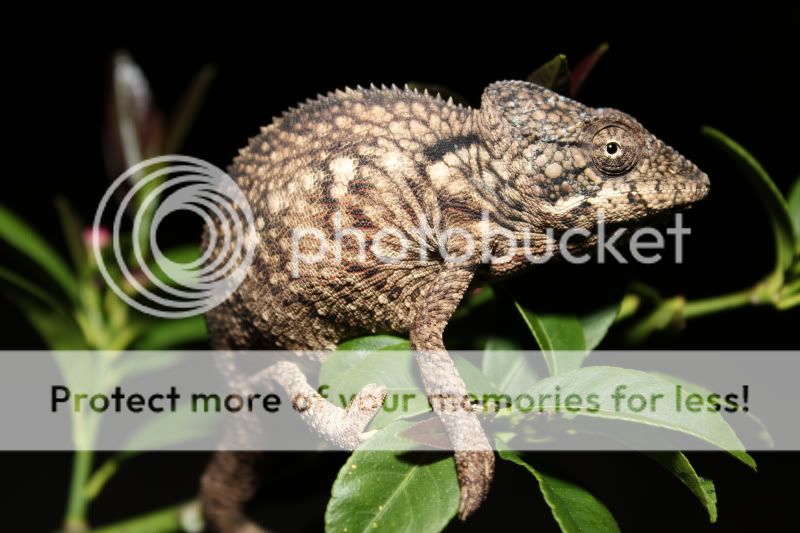Josh Holbrook
New Member
Hey all,
My name's Josh - I'm a wildlife biologist and am investigating a few different species of chameleon populations in Florida for an upcoming paper on dietary habits and range in Florida and figured I'd ask this question here because of the number of cham keepers here. So, but the recent cold snap has raised some questions. I know such cold by no means kills off most chameleon populations; as the southern Florida populations of veileds and Oustalet's survived just fine last year's (and this year's) bitter cold - but my questions are thus:
1.) Do veiled chameleons (or any other cham species) go into underground (or any) refugia during the cold?
2.) Are there any activity changes during cold weather?
3.) What color do pygmy chameleons change to when they sleep? What's the best field method for observing them.
As much as I appreciate captive observations, I'm more looking for field expertise on the subject. And if anybody is willing to contribute any chameleon spot leads to my research it would be much appreciated - specific localities will NOT be published anywhere, just a couple voucher photos and which county.
A bit of contribution to the forum as well:
Glades County, FL



Thanks in advanced everybody. Happy New Year!
-Josh Holbrook
Palm Beach Zoo
My name's Josh - I'm a wildlife biologist and am investigating a few different species of chameleon populations in Florida for an upcoming paper on dietary habits and range in Florida and figured I'd ask this question here because of the number of cham keepers here. So, but the recent cold snap has raised some questions. I know such cold by no means kills off most chameleon populations; as the southern Florida populations of veileds and Oustalet's survived just fine last year's (and this year's) bitter cold - but my questions are thus:
1.) Do veiled chameleons (or any other cham species) go into underground (or any) refugia during the cold?
2.) Are there any activity changes during cold weather?
3.) What color do pygmy chameleons change to when they sleep? What's the best field method for observing them.
As much as I appreciate captive observations, I'm more looking for field expertise on the subject. And if anybody is willing to contribute any chameleon spot leads to my research it would be much appreciated - specific localities will NOT be published anywhere, just a couple voucher photos and which county.
A bit of contribution to the forum as well:
Glades County, FL
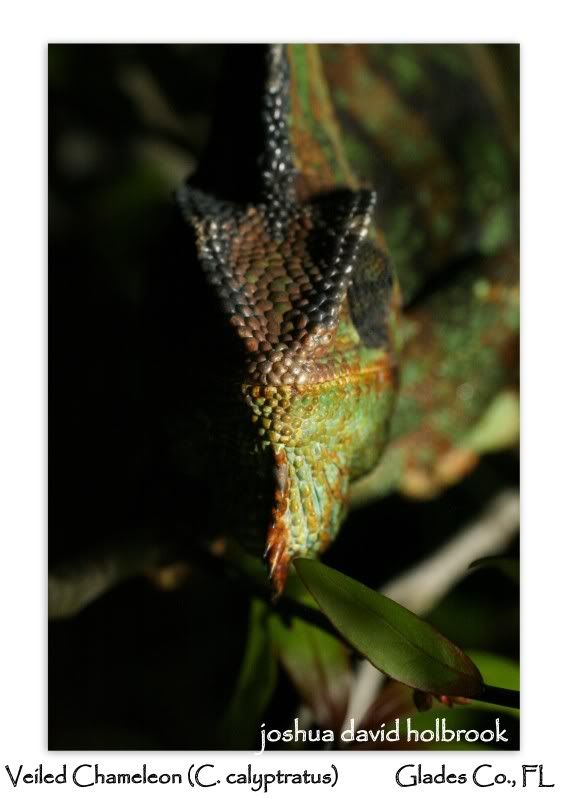

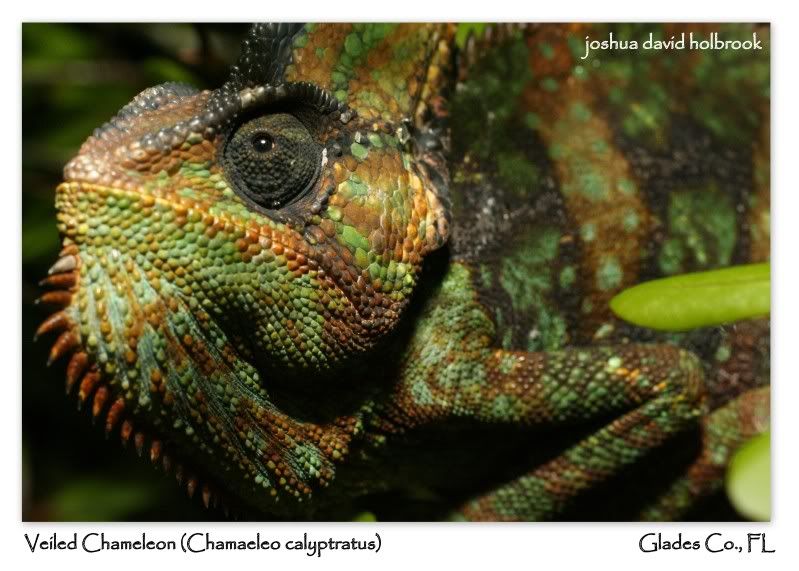
Thanks in advanced everybody. Happy New Year!
-Josh Holbrook
Palm Beach Zoo






